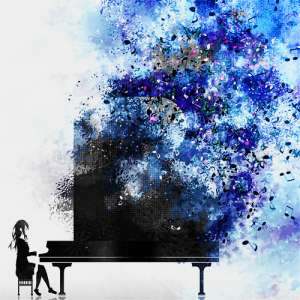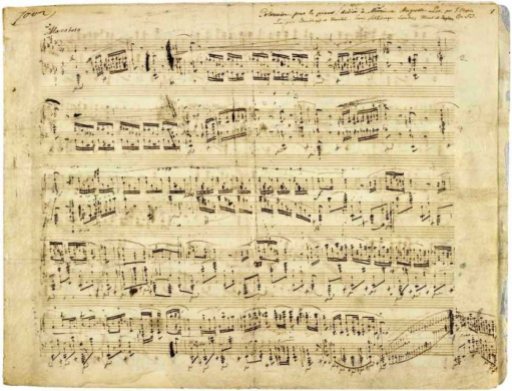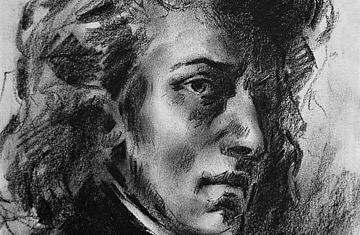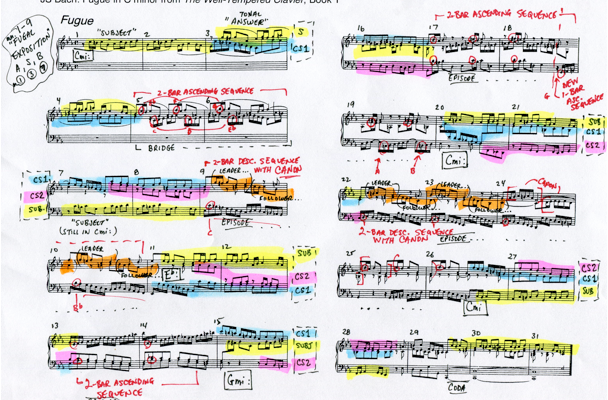
‘Each note in a composition should be polished until it is as perfect as a jewel…those wonderful scintillating, ever-changing orbs of light. In a really great masterpiece each note has its place just as the stars, the jewels of heaven, have their places in their constellations. When a star moves it moves in an orbit that was created by nature.
Great musical masterpieces owe their existence to mental forces quite as miraculous as those which put the heavens into being. The notes in compositions of this kind are not there by any rule of man. They come through the ever mystifying source which we call inspiration. Each note must bear a distinct relation to the whole…’
Vladimir De Pachmann































